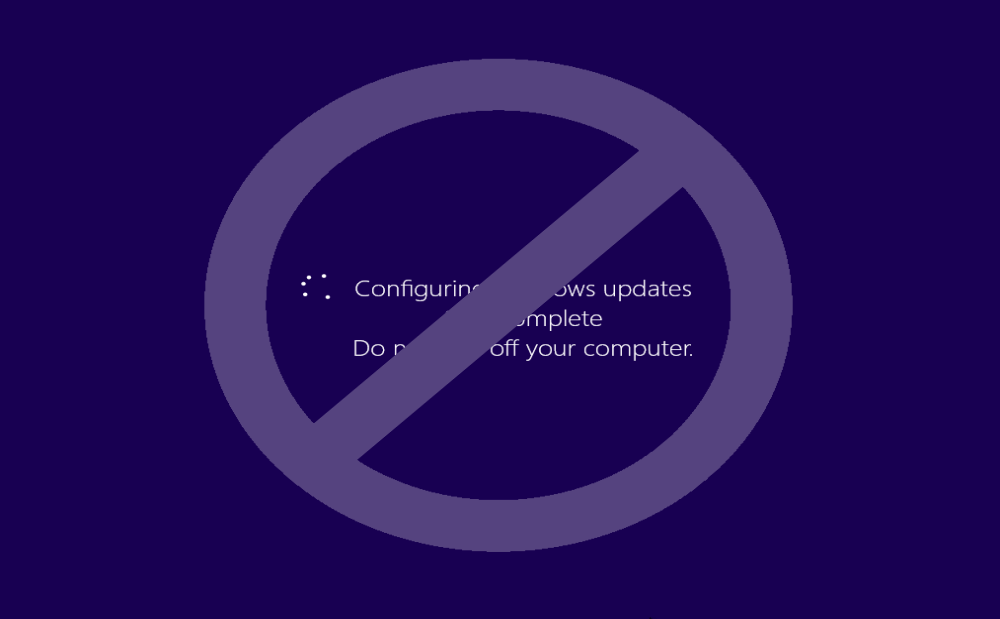 How to stop automatic updates on Windows 10
How to stop automatic updates on Windows 10
Many experts recommend leaving the Windows automatic updates on, as they come with bug fixes and many other undeniable advantages, but if for whatever reason you would rather stop this feature, then here are a couple of ways to do it:
The first way (applicable when using a wireless connection)
This method basically involves tricking Windows into thinking that you're using a metered Internet connection and consuming your precious bandwidth quota on downloading the Windows update files will not be a thing that you'd appreciate. Therefore, if you use Wi-Fi to access the Internet, go to the Change Wi-Fi settings option in Start Menu or Cortana, then click on Advanced Options, and enable the toggle Set as metered connection to on:
Set your connection as metered
The second way (using Group Policy to disable the Automatic Updates)
If you haven't yet installed the infamous Anniversary Update, another, a quite straightforward way, is also available. On the Professional, Enterprise, and Education editions of Windows 10, you can access the Group Policy editor and change the hidden settings related to the Windows automatic updates in order to disable them. On the Home or Starter editions, the Group Policy feature is not included, so you have to download, install, and enable it separately, which takes additional time and effort. Anyway, if both these conditions are met (you haven't yet installed the Windows Anniversary Edition and your Windows setup / edition allows accessing the Group Policy), here's what you have to do:
1. Go to the Start Menuб Cortana or press the Windows Key + R, type the following line into the Run dialog: gpedit.msc, and press Enter.
Group Policy
2. Click on Computer Configuration, select Administrative Templates, and then locate and double-click the Configure Automatic Updates, either by choosing All Settings or by navigating to Windows Components - > Windows Update;
3. Tick the Disabled radio button in the Configure Automatic Updates window, press the Apply button, and that's it, automatic updates are now disabled.
Disabling the Automatic Updates
The third way (disabling the associated Windows service)
This is actually my favorite method, as it's both quite straightforward and easy, and it isn't dependent on various criteria. In other words, I've left the best for the last.
1. Go to the Start Menu or Cortana or press the Windows Key + R, type the following line into the Run dialog: services.msc and press Enter.
Opening the Services Window
2. Locate the Windows Update service and double-click it.
3. On the Startup Type drop-down menu, choose Disabled, then press Apply, and restart your computer.
Disabling the Service
Conclusion
These are the three most common methods of stopping the Windows automatic updates completely. In order to prevent only specific updates from being downloaded and installed, you can also use the dedicated “Show or hide updates” tool from Microsoft. This tool is meant to fix the problems that occur when a specific update causes driver issues or other similar troubles.






Please help me.